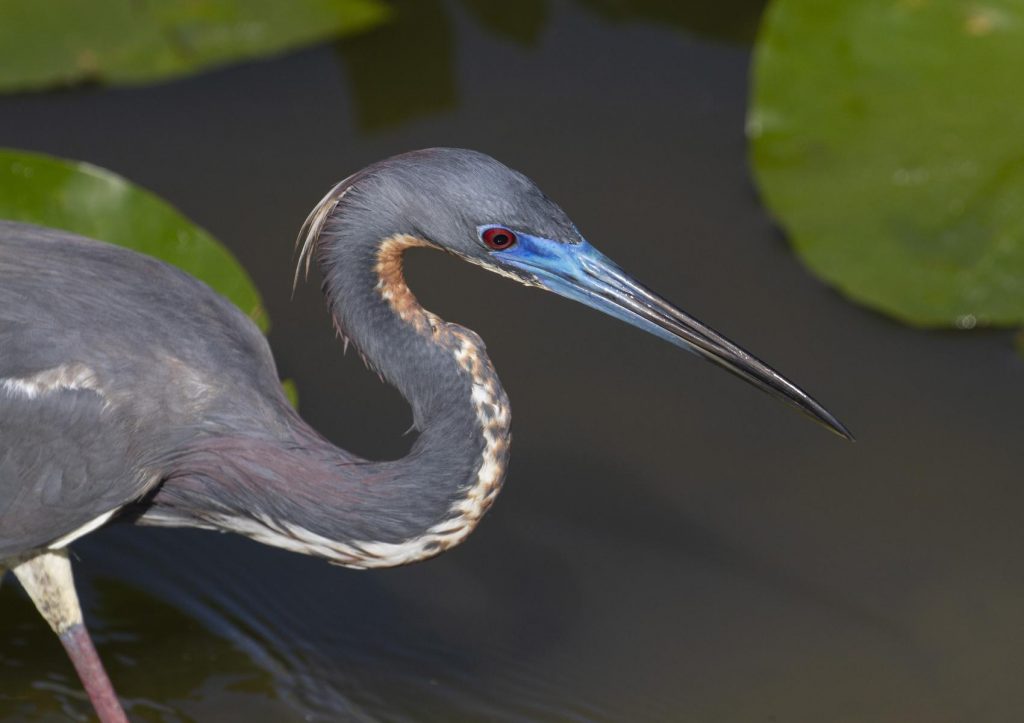When I was a young man, I spent a fair amount of time teaching and simply being around little ones. I’ve always felt an affinity for young children, and being around them taught me more than I taught them.
One little fellow, only ten months old, obliterated my ideas about language and communication. He showed me that children are able to understand relationship before they even have words.
Working or being with young children, I felt a responsibility to be acutely attentive to them and to oneself at the same time. The imperative of doing so was driven home as a young man when I was babysitting a four-year-old.
Mario was a bright, mischievous little guy, but he had the hazardous habit of walking out into the street. He started to do so a couple times when I was babysitting him, and I would grab him and tell him ‘NO!”

That didn’t work. If I had been his parent, I would have been tempted spanked him, as I was spanked, and worse. But it was totally not my place to strike him, and I didn’t believe in spanking anyway.
So I watched him very carefully when we were anywhere near a street, and watched my own reactions as well. I asked myself, ‘How can I convey to this child, without violence, the grave danger of walking out into the street?’
Though it may seem strange to say after a year of remote learning, the quality of the relationship between the teacher and pupil determines not only the quality of the content a student learns, but often, the character he or she develops. Since parents are founts of conditioning and familiarity, the relationship with the teacher can be even more important in a child’s development than the relationship with her or his parents.
After taking care of Mario a few times, I had established a relationship of affection, attention and care. As always in life, preparation is essential and control is illusory. So one day when we were standing at a light to cross a street, I was surprised, but also ready without having an idea of what I would do, as the perilous situation arose again.
Mario stepped off the curb as traffic whizzed by. I grabbed him without anger, and got down on my knees. I was afraid for him, and wasn’t afraid of showing him my fear. I pointed at the cars going by, and by the intensity of non-verbal communication, directly conveyed the life-and-death peril of not paying attention when crossing a street.
I could see by the look on his face that he got it. He saw it for himself. I never had to show or tell him again, though I didn’t stop paying attention to him either, whether near a street or not.
So it was that I was both prepared and unprepared for what happened with Ian, a nephew, at ten months old. We had grown close, but he was not even a toddler yet, still a babe in his mother’s arms.
However one day he caught my eye and an understanding beyond words passed between us. I was stunned; this was a pre-verbal child. Could he really share in relationship not only beyond words but also before words?
Subsequent weeks and months confirmed that an extraordinary bond had formed that day. I saw that young children have the capacity to understand things I thought required language. And because that is so, they do not need to be conditioned, which in itself is a form of violence.
In working or being with young children who had only recently acquired basic linguistic skills, I often would play a little game.
I’d point to something in the environment, and ask, ‘Did people make that, or did nature create it?’ Almost always, little children would be able to make the distinction. Most adults lose the capacity to make that essential, first discernment.
This confusion and conflation becomes apparent when wordsmiths write sentences such as, “When despair for the world is all we can feel, the world itself — with its wood drakes and its blue herons— may be our greatest solace.”

Why is it necessary to point out to the vast majority of adults that the Earth is not the world, and the world is not the Earth? Is it because we are so enamored of the human mind, so enthralled with the human ability to name and manipulate ‘things,’ that we cannot differentiate between the unmediated perception of beauty, which requires letting go of names, and our anthropocentric need to “call the gorgeous world by its many generous names?”
It isn’t the names of things that enable us to see things as they are, as the average purblind adult believes, but our capacity to directly perceive the immeasurable territory beyond names. Any little child would tell you that – if they could, and you would listen.
Martin LeFevre

